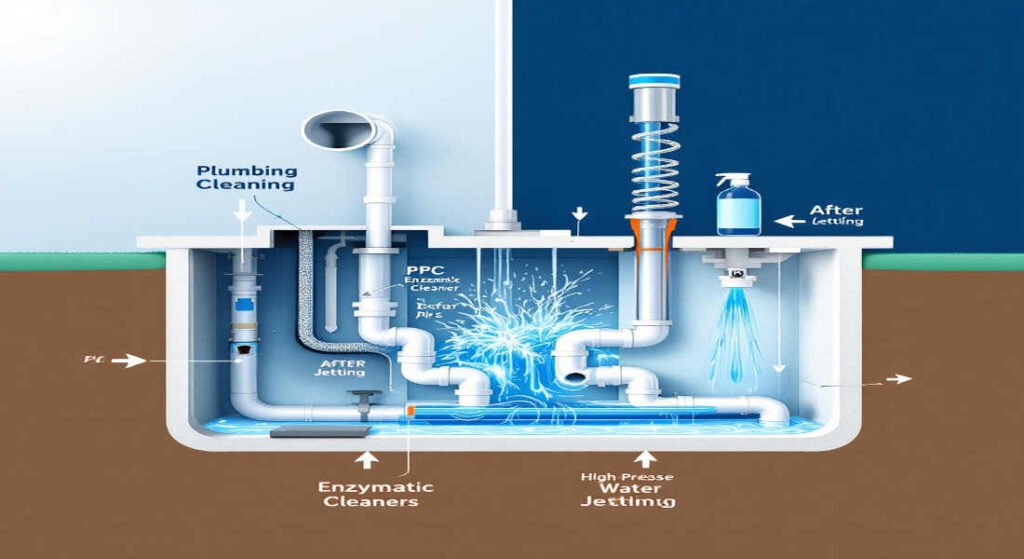Plumbing is essential to every home, yet it often goes unnoticed—until something goes wrong. Clogged pipes, unpleasant odors, and murky water are common issues caused by dirty plumbing systems. But here’s the good news: regular cleaning and maintenance can prevent these problems.
Why Clean Plumbing Pipes Matter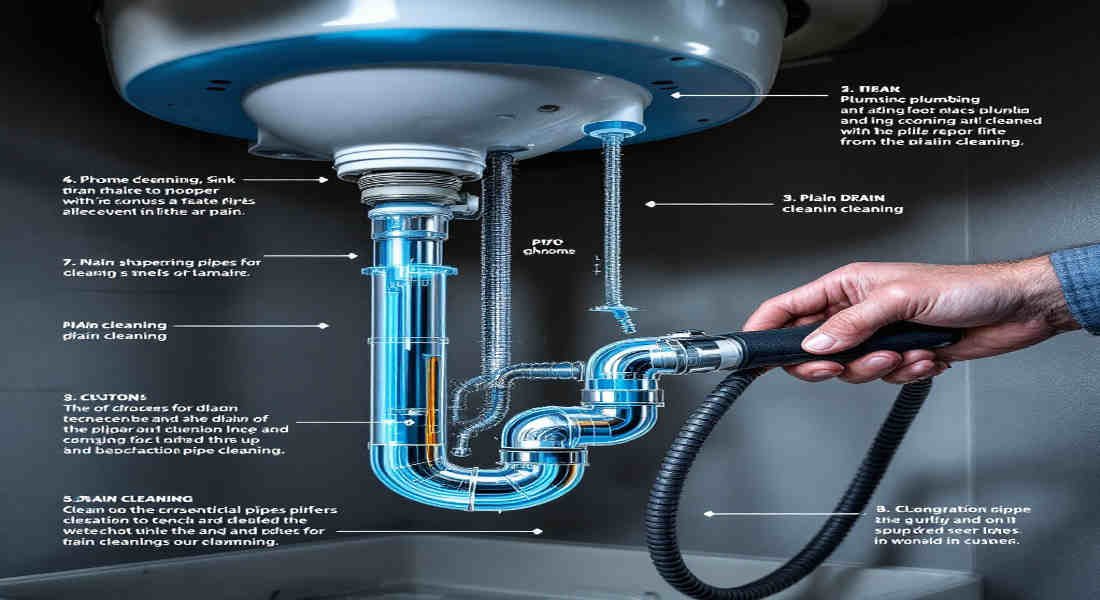
Your plumbing system works hard every day, and over time, it collects debris, grease, soap scum, and mineral deposits. Here’s why keeping those pipes clean is essential:
Health and Hygiene Benefits
Dirty pipes harbor bacteria, mold, and mildew, affecting your family’s health. Clean pipes ensure the water flowing into your home is safe and contaminant-free.
Improved Water Quality
Clogs or buildup inside pipes can affect water pressure and quality. You don’t want to see murky or discolored water flowing from your taps!
Prevention of Costly Repairs
Ignoring pipe maintenance can lead to severe blockages and water damage, resulting in expensive repairs. Cleaning pipes regularly helps you avoid these costly fixes.
Better Plumbing Efficiency
Clean pipes mean smooth water flow, fewer clogs, and less strain on your plumbing system. This ensures that everything works efficiently, saving you time and frustration in the long run.
Understanding Your Home’s Plumbing System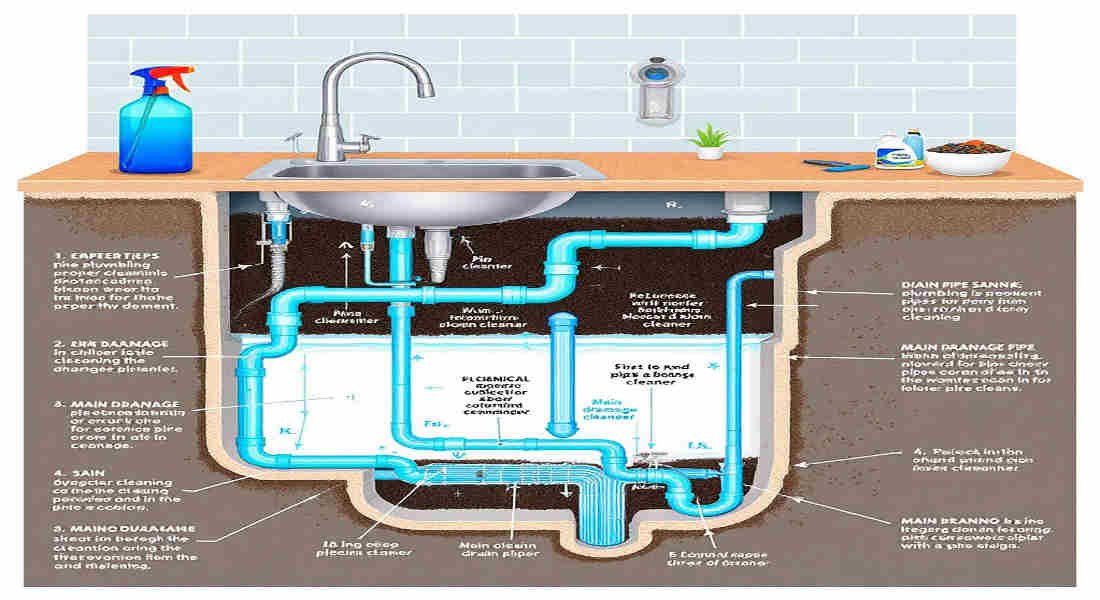
Before diving into cleaning methods, knowing how your plumbing works is helpful.
You may also read (plumbing stack at home).
Basic Plumbing Layout
A home’s plumbing system has two key components:
- Supply Lines: These bring clean water into your home.
- Drain Pipes: These carry wastewater out.
Pipe Materials
Different types of pipes require different care:
- PVC Pipes: Lightweight and resistant to corrosion, but avoid harsh chemicals.
- Copper Pipes: Durable but prone to mineral buildup over time.
- Steel Pipes: Strong but can rust without proper maintenance.
Signs Your Plumbing Needs Cleaning
Do your pipes need attention? Here are some common signs:
- Slow Drains: Water takes longer than usual to flow.
- Unpleasant Odors: Foul smells coming from sinks or drains.
- Gurgling Sounds: Air trapped in the pipes creates noise.
- Discolored Water: Indicates rust, dirt, or sediment in the pipes.
How to Clean Out House Plumbing Pipes: Step-by-Step Methods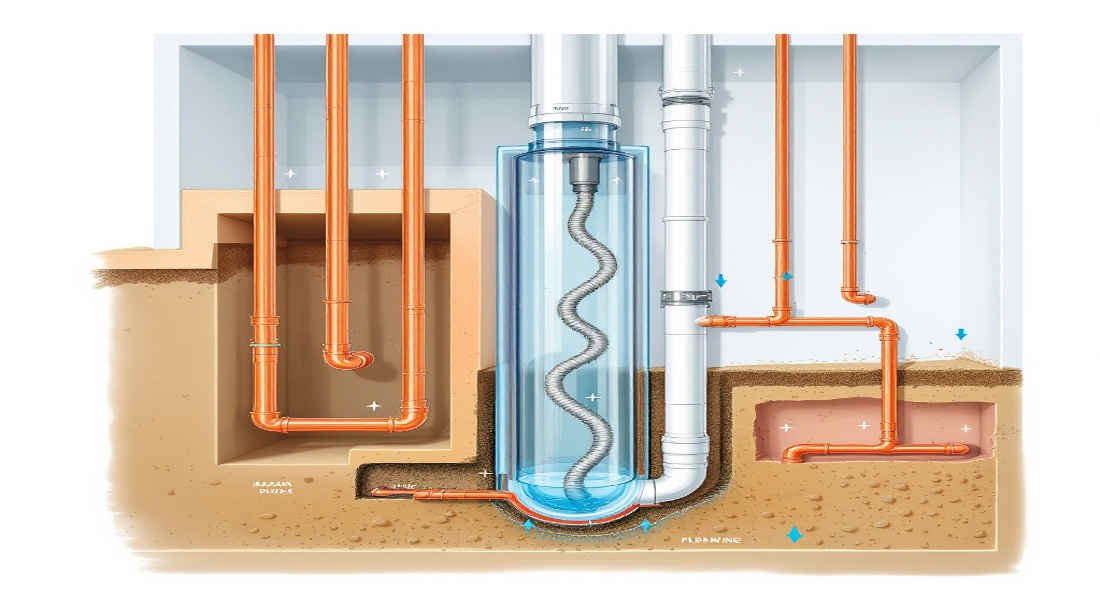
Cleaning your plumbing pipes doesn’t have to be complicated. Here are five proven methods to get your pipes squeaky clean.
Flushing Pipes with Water
Flushing is one of the simplest ways to keep your pipes clean.
- Turn Off the Main Water Supply: Locate the main shutoff valve and turn it off.
- Open All Faucets: Start with the highest faucet in your home and work your way down.
- Run Hot Water: This helps break down grease and other buildups.
- Let the Water Run for 5-10 Minutes: Ensure all debris is flushed out.
How Often to Flush: Once every 4-6 months is ideal for most homes.
Natural Cleaning Solutions
Natural solutions are effective, eco-friendly, and safe for most pipes.
Baking Soda and Vinegar Method
- Pour ½ cup of baking soda down the drain.
- Add 1 cup of vinegar and let it fizz for 15 minutes.
- Flush with boiling water.
Hot Water and Dish Soap
- Mix hot water with a few drops of dish soap.
- Slowly pour it down the drain to remove grease.
Lemon Juice and Salt
- Combine lemon juice and salt to create a mild abrasive cleaner.
- Scrub gently to remove stains or buildup.
Enzyme and Eco-Friendly Cleaners
Enzyme-based cleaners are a great alternative to harsh chemicals.
- Choose a product labeled as “enzyme drain cleaner.”
- Follow the manufacturer’s instructions for application.
- These cleaners work by breaking down organic matter naturally over time.
You may also read (shower fixtures in your home).
Benefits: Safe for pipes, pets, and the environment.
Mechanical Methods
Sometimes, physical tools are needed to clear out stubborn clogs.
Using a Plunger
- Place the plunger over the drain and press firmly.
- Pump up and down for 30 seconds to create suction.
Drain Snake or Auger
- Insert the snake into the drain.
- Turn the handle to break up the clog.
- Pull the debris out carefully.
Wet/Dry Vacuum
- Use the vacuum in reverse mode to suck out blockages.
Chemical Cleaners: Pros and Cons
While chemical cleaners can be effective, they should be a last resort.
Pros:
- Quick and easy to use.
- Effective for dissolving tough clogs.
Cons:
- Can damage pipes over time.
- Emit toxic fumes, posing risks to health.
Specialized Cleaning for Water Supply Lines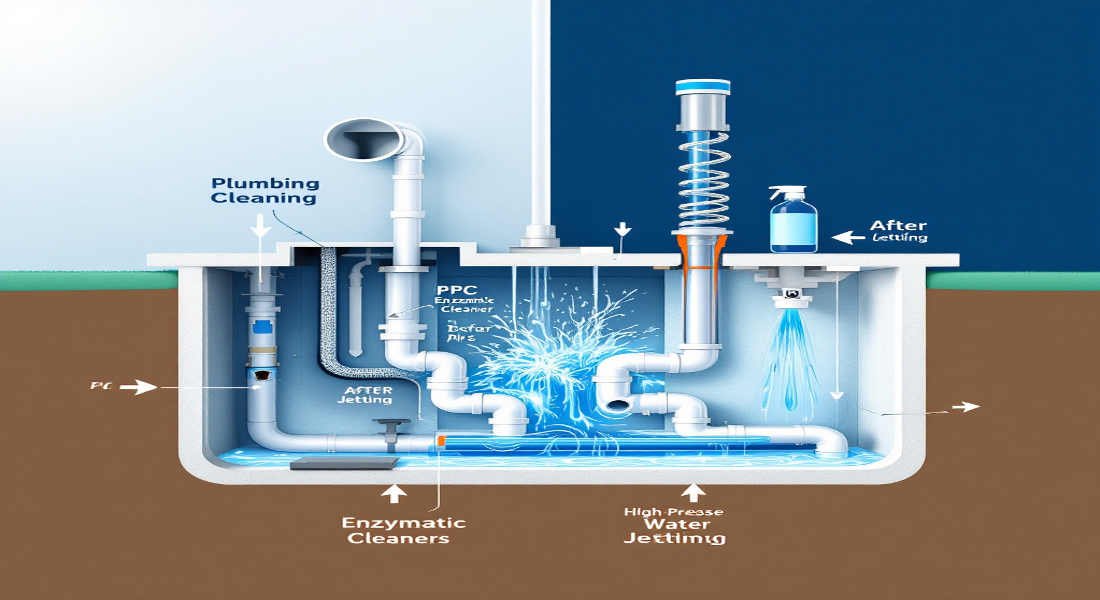
Drinking water supply lines need special care to ensure safe, clean water.
Flushing Supply Lines
- Turn off the water supply.
- Open faucets and flush with clean water.
Using Bleach (Cautiously)
- Mix a small amount of bleach with water.
- Let it sit in the pipe for 15 minutes, then rinse thoroughly.
Signs of Professional Cleaning Needs
- Persistent discolored water.
- Metallic taste or foul odor.
Preventive Maintenance Tips
Prevention is always better than cure! Here are some tips for keeping your pipes clean:
- Clean Regularly: Set a cleaning schedule (every 3-6 months).
- Use Drain Screens: Catch debris like hair and food particles.
- Dispose of Grease Properly: Avoid pouring grease or oil down the drain.
- Install Water Softeners: Prevent mineral buildup in hard water areas.
When to Call a Professional Plumber
DIY methods are great, but they need expert help in some situations.
- Severe Clogs: If no method works, it’s time to call a plumber.
- Hydro-Jetting: Professionals use high-pressure water jets to clean pipes.
- Camera Inspections: Detect hidden issues like leaks or pipe damage.
Problem Solution
Slow Draining Water: Try using a plunger or drain snake again.
Persistent Odors: Use baking soda and vinegar to neutralize.
Recurring Clogs: Check for deeper issues; call a professional.
Tools and Products for Effective Pipe Cleaning
Here are the essentials you’ll need:
- Tools: Plunger, drain snake, wet/dry vacuum.
- Products: Baking soda, vinegar, and enzyme-based cleaners.
- Safety Gear: Gloves, goggles, and a bucket.
You may also read (static test in your home plumbing).

